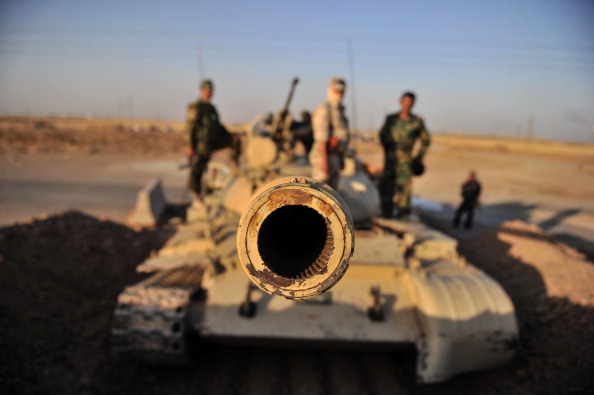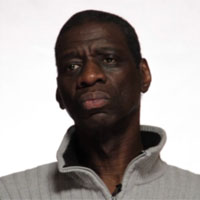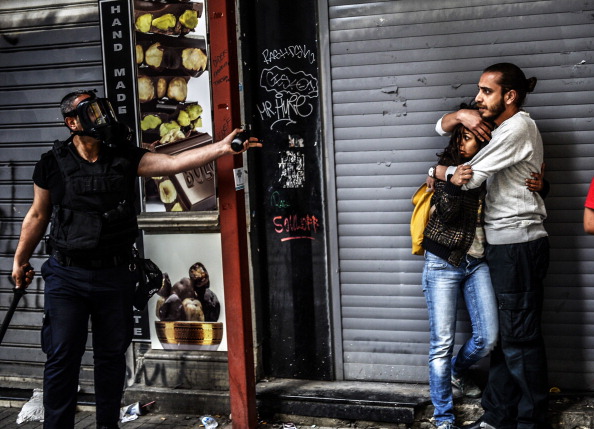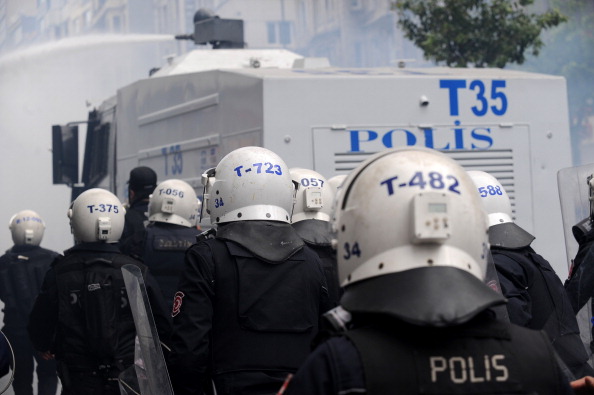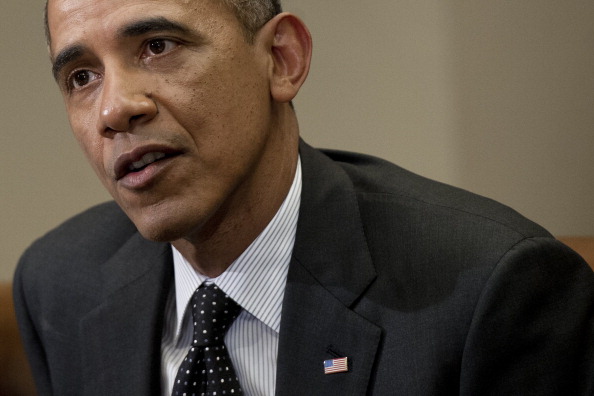
Amnesty activists hold up “Where Is Sombath?” signs as part of a Flickr campaign to demand an investigation of his disappearance. (Photo credit: Amnesty International)
By Claudia Vandermade, Amnesty International USA Southeast Asia Co-Group Chair and Action Network Coordinator
Amnesty International is launching a “Where Is Sombath?” photo campaign on Flickr.
Activists from around the world are asking the government of Laos to investigate the
disappearance of development worker Sombath Somphone, and we’ll do it through our voices, print, photos and more. SEE THE REST OF THIS POST

